To maintain homeostasis the blood vessels in your skin dilate to allow more blood flow to the surface of your body where it disperses the heat. Exercise related strain placed across the muscular system requires more blood than normal to enhance oxygen supply to the muscle cells.
Responses To Exercise Maintaining Homeostasis
how does the body maintain homeostasis in response to exercise
how does the body maintain homeostasis in response to exercise is a summary of the best information with HD images sourced from all the most popular websites in the world. You can access all contents by clicking the download button. If want a higher resolution you can find it on Google Images.
Note: Copyright of all images in how does the body maintain homeostasis in response to exercise content depends on the source site. We hope you do not use it for commercial purposes.
Eat properly and drink plenty of fluids to help your body maintain homeostasis.

How does the body maintain homeostasis in response to exercise. When you exercise the wide effects of exercise on the heart lungs and other major body systems provides a challenge to maintaining homeostasis both during and after exercise. Exercise and body temperature. Consequently you breathe faster during exercise.
How does the body maintain homeostasis in response to exercise. In response to the exercise and homeostasis requirements the body reroutes blood normally directed toward digestion or nervous system activities to the skeletal muscles. For your cells to function and thrive they need a consistent internal environment.
This state of energy creation and use has multiple effects on your bodys homeostasis including increased heart rate breathing and sweat rate. When you sweat breathe heavily and feel your heart pounding it doesnt just mean you are having a good workout. These physiological factors are also vital to your body maintaining a state of homeostasis.
To maintain that environment your body regulates your blood sugar temperature blood pressure fluid and electrolyte levels and many other aspects of your physiology within narrow limits. Homeostasis helps maintain a set point for different physiological values. This extra heat can elevate your body temperature above the typical 986 degrees.
As your body converts food into energy during exercise it produces heat as a waste product. As your body converts food into energy during exercise it produces heat as a waste product. This extra heat can elevate your body temperature above the typical 986 degrees.
The effect of exercise on homeostasis. How does the body maintain homeostasis during exercise. To maintain homeostasis the blood vessels in your skin dilate to allow more blood flow to the surface of your body where it disperses the heat.
During exercise your body needs to maintain a constant supply of oxygen in your cells to support your working muscles which might need 15 to 25 times more oxygen than when they are resting. Every day and night your body works hard to maintain a state of balance also known as homeostasis. Each system strives to help create enough energy to continue exercising as well as help the body recover after exercise.
Homeostasis is a balance in living things.
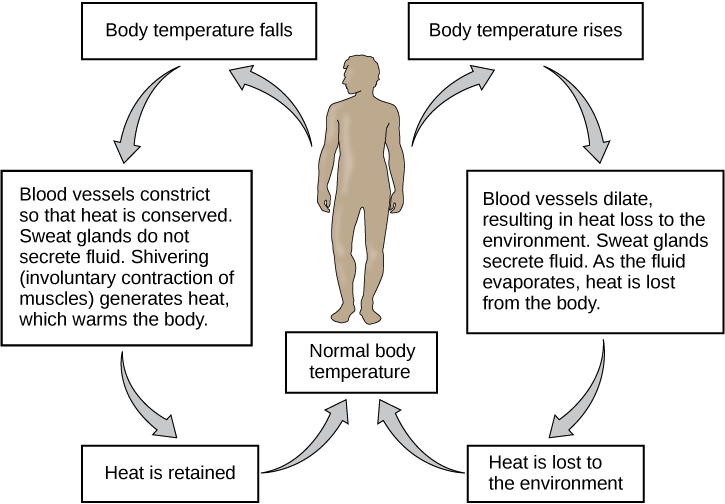 Homeostasis Article Human Body Systems Khan Academy
Homeostasis Article Human Body Systems Khan Academy
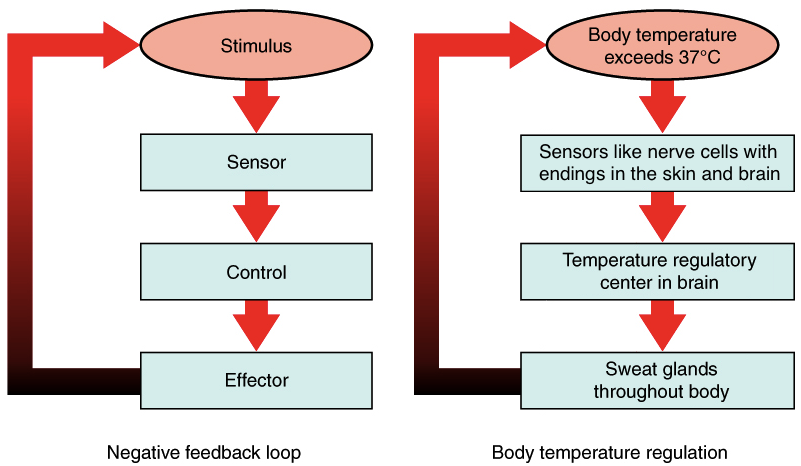 Homeostasis Article Human Body Systems Khan Academy
Homeostasis Article Human Body Systems Khan Academy
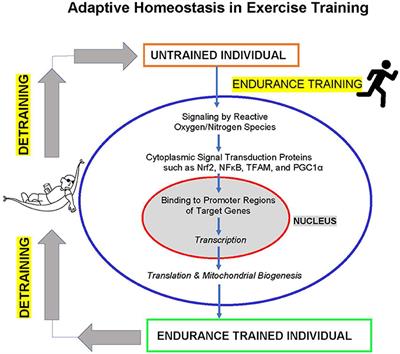 Frontiers Cardiovascular Adaptive Homeostasis In Exercise
Frontiers Cardiovascular Adaptive Homeostasis In Exercise
 Integrative Biology Of Exercise Sciencedirect
Integrative Biology Of Exercise Sciencedirect
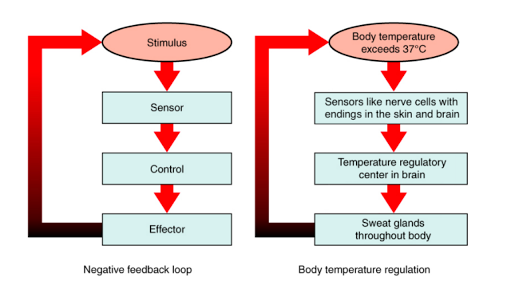
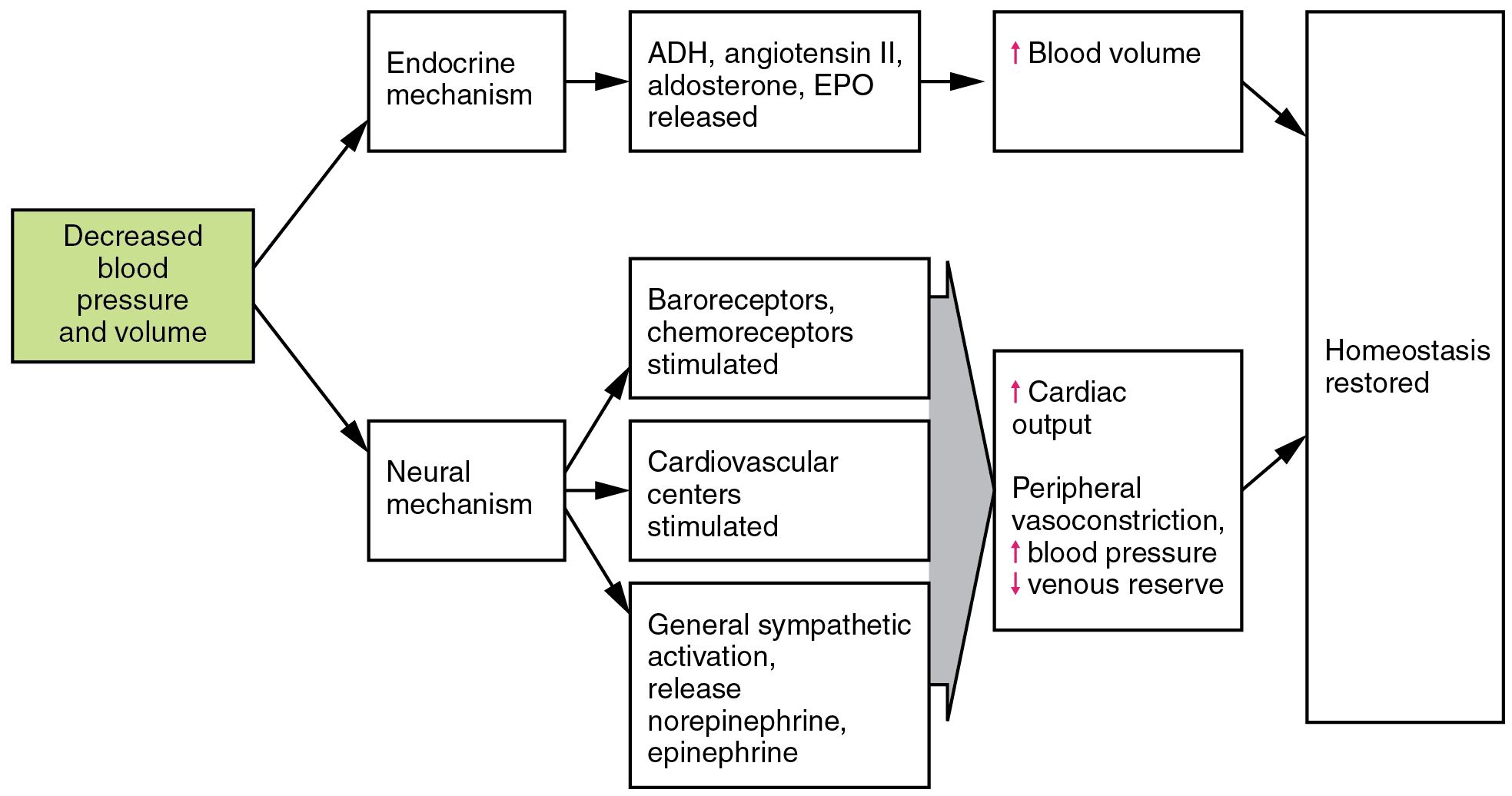 20 4 Homeostatic Regulation Of The Vascular System Anatomy And
20 4 Homeostatic Regulation Of The Vascular System Anatomy And
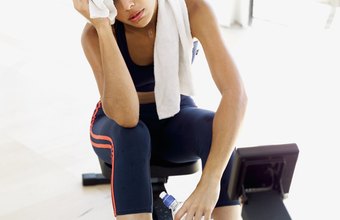 Homeostasis Of The Body After Exercising Chron Com
Homeostasis Of The Body After Exercising Chron Com
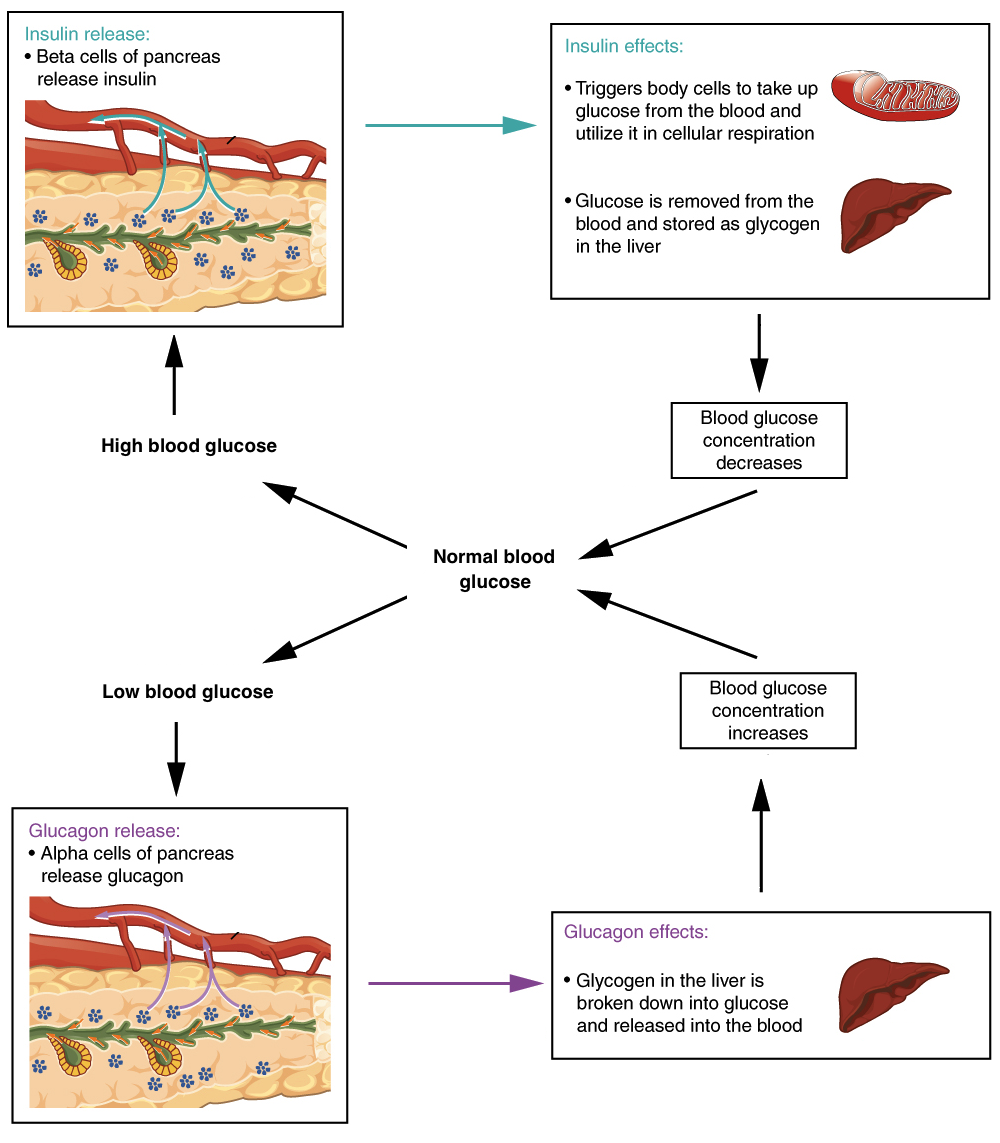 Homeostasis Article Human Body Systems Khan Academy
Homeostasis Article Human Body Systems Khan Academy
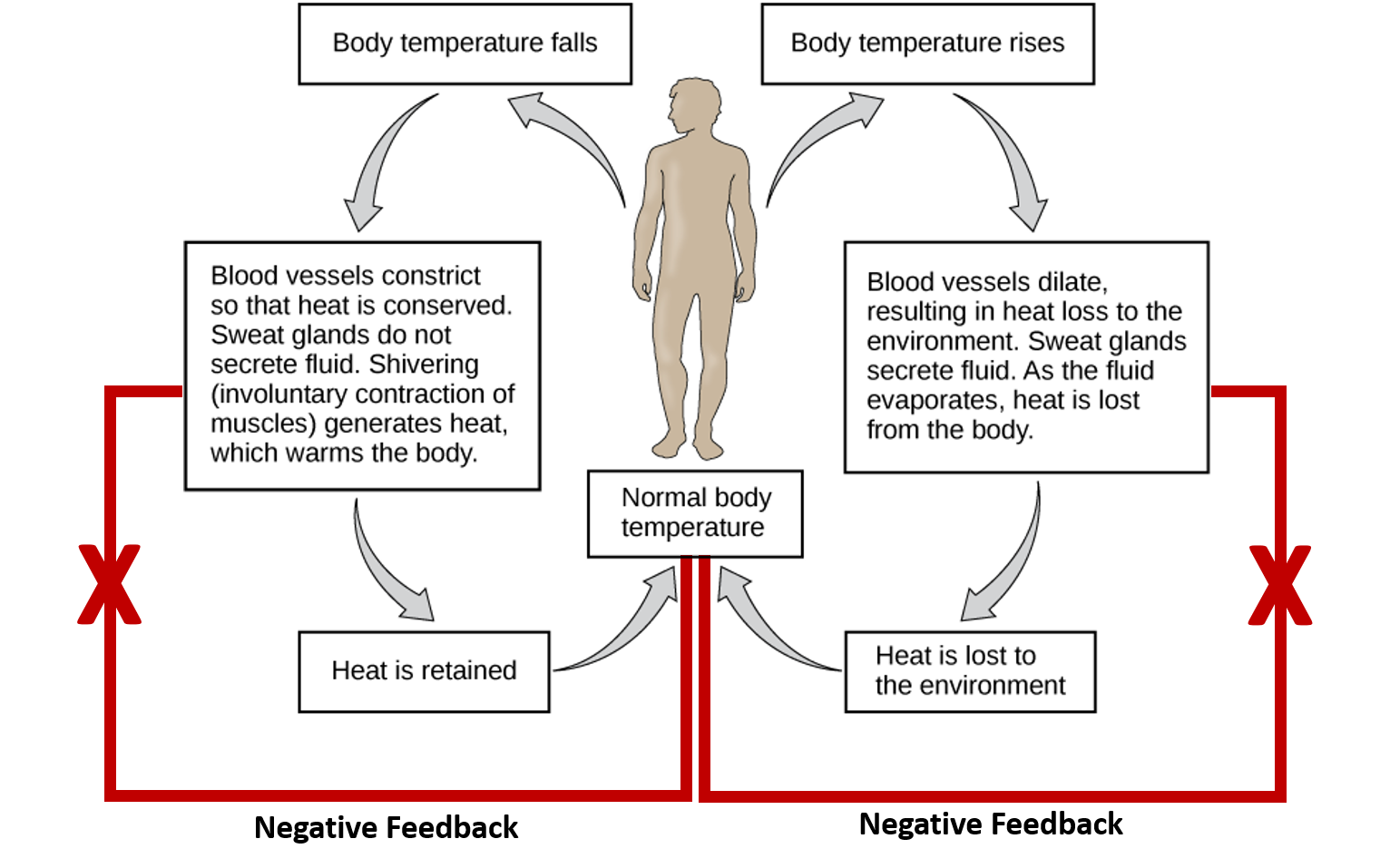 Ch103 Chapter 8 Homeostasis And Cellular Function Chemistry
Ch103 Chapter 8 Homeostasis And Cellular Function Chemistry


